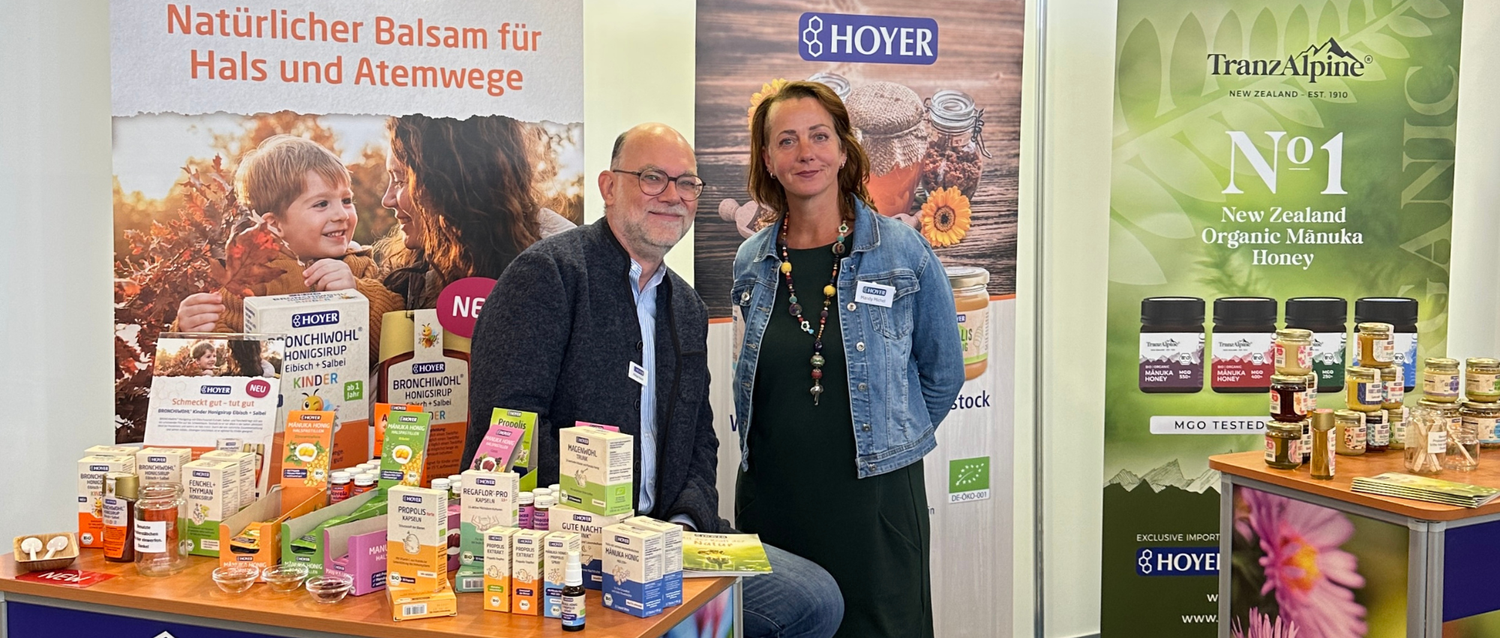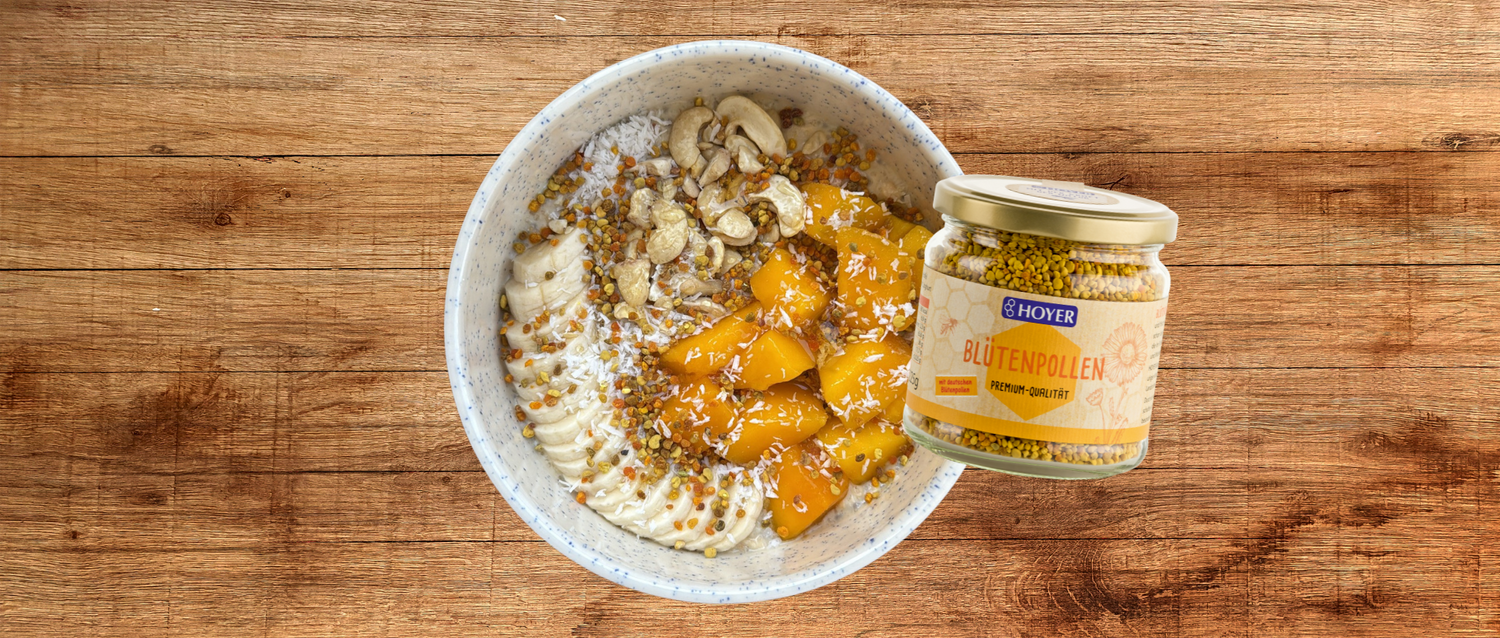Honey is a natural product with many valuable ingredients. But honey lovers are familiar with the phenomenon: after a while, the consistency changes and the honey crystallizes. But why does this happen and is crystallized honey bad? In this article, we clarify the most important questions.
The natural process of crystallization
All honey crystallizes or candies at a certain point. Honey contains fruit sugar (fructose) and grape sugar (glucose). The ratio of these two types of sugar determines when the honey crystallizes. The more glucose, the faster it solidifies. Acacia and fir honey, for example, often take years to crystallize, while rapeseed and clover honey solidify within a few days.
Does the storage temperature have an influence?
Temperature plays a decisive role in crystallization. The process slows down at higher temperatures, while honey solidifies more quickly in the fridge.High temperatures above 40 °C can destroy valuable ingredients in honey.
Is crystallized honey bad?
No, quite the opposite! Crystallization is a natural process and even a sign of quality. It can be observed that honey that is industrially filtered to the finest degree remains liquid for longer than traditionally sieved honey.
How does honey become liquid again?
Honey that has crystallized can easily be liquefied again by heating it. Simply heat the jar of honey in a water bath at a maximum temperature of 40°C - and your honey will become liquid again. But be careful: too much heat destroys valuable enzymes!










